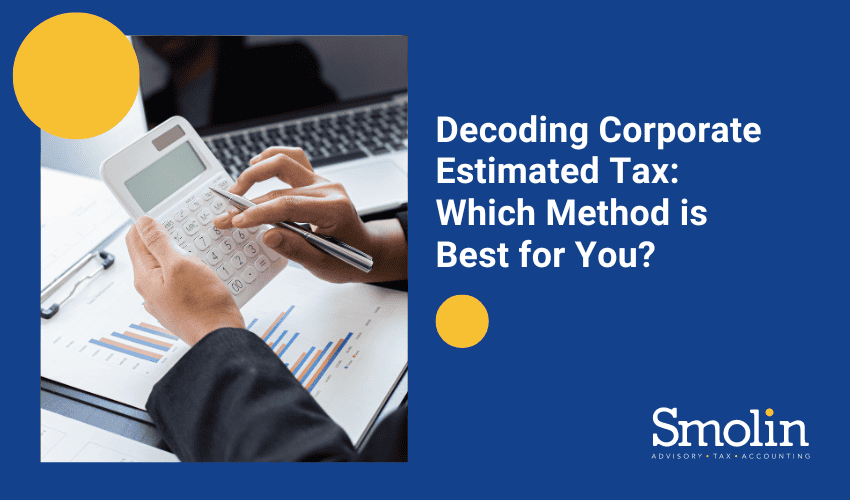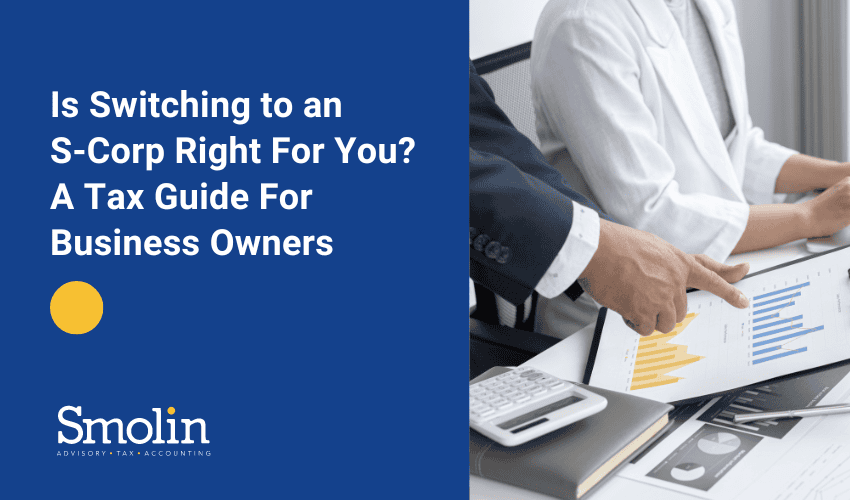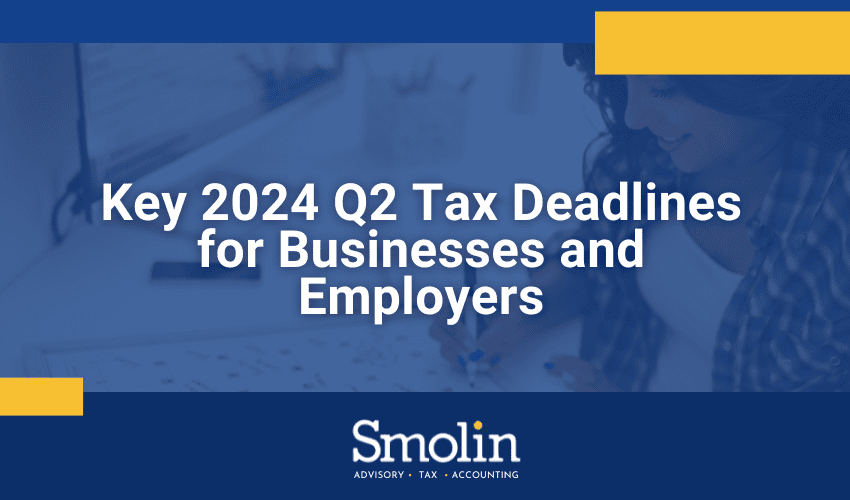Are you a philanthropic person nearing or past retirement age and facing required minimum distributions (RMDs) from your traditional IRA? There is a smart strategy that allows you to support the causes you care about while reducing your tax burden: Qualified Charitable Distributions (QCDs).
Here’s how it works:
Once you reach age 70½, you can make a cash donation to an IRS-approved charity out of your IRA. This method of transferring assets to charity leverages the QCD provision so you can direct up to $105,000 of their distributions to charity in 2024 (or $210,000 for married couples).
By making QCDs, the money given to charity counts toward your RMDs but won’t increase adjusted gross income (AGI) or generate a tax bill.
There are several important reasons to keep your donation amount out of your AGI. When distributions are taken directly out of traditional IRAs, federal income tax of up to 37% (in 2024) and possible state income taxes must be paid. A QCD avoids these taxes.
Here are some other potential benefits:
- You might qualify for other tax breaks. A lower AGI can reduce the threshold for itemizers who deduct medical expenses, which are only deductible to the extent they exceed 7.5% of AGI.
- You can skip potential taxes on your Social Security benefits and investment income, avoiding the 3.8% net investment income tax.
- It might help you bypass a high-income surcharge for Medicare Part B and Part D premiums that are triggered when AGI falls above a certain level.
Note: You can’t claim a charitable contribution deduction for a QCD that is not included in your income. Also, remember that the age after which you must begin taking RMDs is now 73, but the age you can start making QCDs is 70½.
To benefit from a qualified charitable distribution for 2024, you must arrange for the payment from your IRA to go directly to a qualified charity before December 31, 2024.
QCDs are truly a win-win. You can use them to fulfill all or part of your RMD for the year.
Think of it as a double-duty approach, supporting a cause you care about while meeting your IRA withdrawal needs. For example, if your 2024 RMDs are $20,000 and you make a $10,000 QCD, you only need to withdraw another $10,000 to satisfy your requirement.QCDs aren’t right for everyone, though. Depending on your unique situation, additional rules and limits may apply. Contact a Smolin advisor to discuss whether this strategy makes sense for you.









